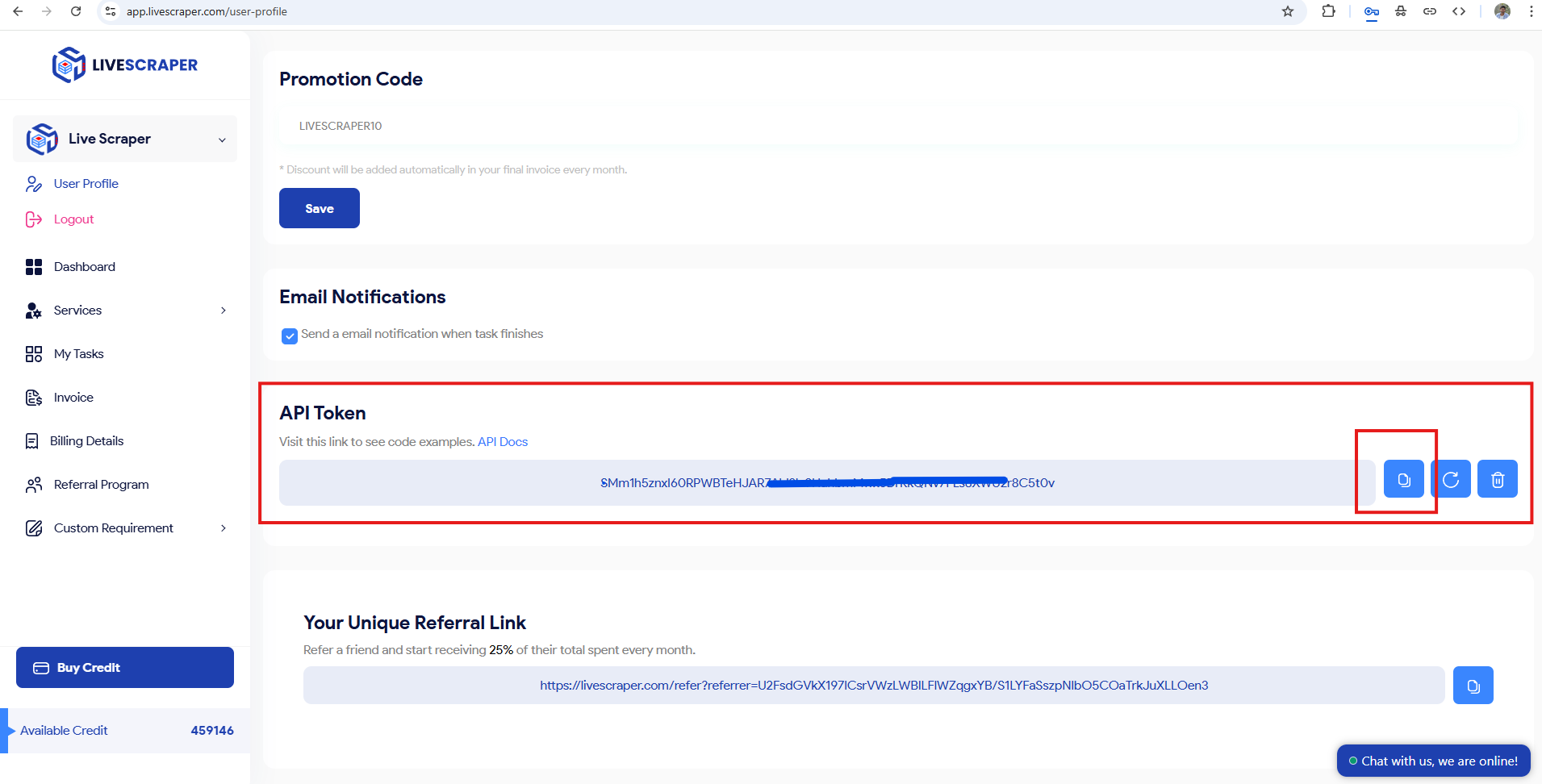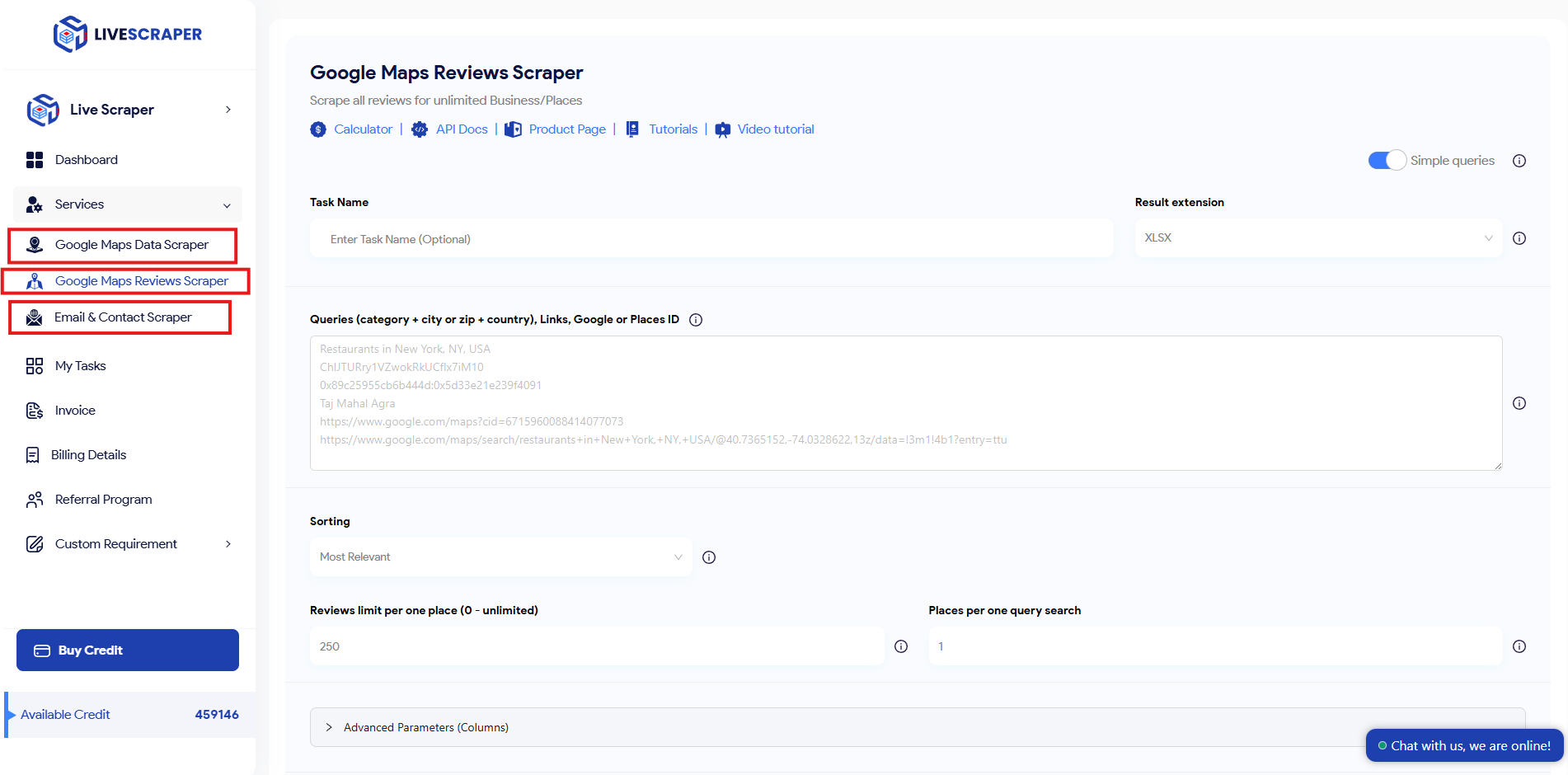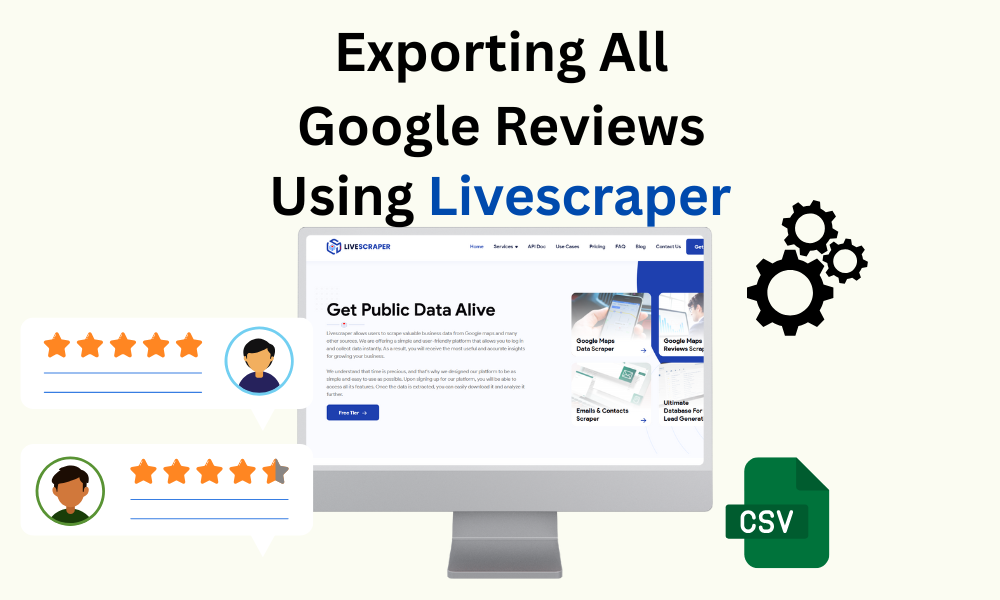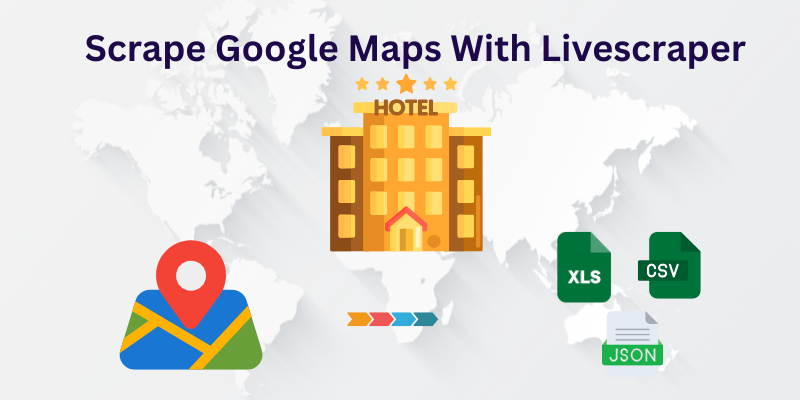How to Scrape All Google Reviews in 2025 (Bypassing the 5-Review Limit)
Google Reviews are the voice of the customer. They are a goldmine of raw, honest feedback that can be used for reputation management, competitor analysis, and sentiment analysis. If you’re a developer or data scientist, you’ve likely wanted to tap into this data.
You start by looking at the official Google Places API, run a few tests, and then you hit a wall.
You can only get 5 reviews.
While Google calls them the “most helpful” reviews, this limitation makes any large-scale analysis impossible. How can you track sentiment over time or find recurring issues if you can’t see all the data?
In this guide, we’ll explain why this limitation exists, the technical challenges of getting around it, and show you how to use a simple API to scrape hundreds or even thousands of Google reviews for any business in minutes.
The Frustrating Limitations of Scraping Google Reviews
Before we get to the solution, it’s important to understand the problem. There are three core reasons why getting a complete set of Google reviews is so difficult.
1. The Official API’s 5-Review Wall
Google intentionally designed its Places API this way. It’s meant for displaying a small sample of reviews on an app or website, not for bulk data extraction. It’s a feature, not a bug, but it’s a major roadblock for anyone serious about data analysis.
2. The Challenge of Dynamic Loading (“Infinite Scroll”)
If you inspect Google Maps on your browser, you’ll notice that it doesn’t load all reviews at once. You have to keep scrolling down to reveal more. This is called dynamic loading or “infinite scroll.” A simple scraper can’t do this; it will only see the first few reviews loaded on the page and then stop, leaving you with incomplete data.
3. The Constant Threat of Blocks & CAPTCHAs
Google actively protects its data from large-scale automated scraping. If you try to build your own scraper, you will quickly run into issues:
- IP Blocks: Too many requests from the same computer will get you temporarily blocked.
- CAPTCHAs: You’ll be asked to prove you’re not a robot, which is impossible for an automated script to solve on its own.
- Website Changes: Google changes the structure of its website code all the time, which means a scraper that works today will break tomorrow, requiring constant, frustrating maintenance.
The Definitive Solution: A Dedicated Google Reviews API
Instead of fighting a losing battle against blocks and endless maintenance, you can use a service designed to solve these exact problems. Livescraper handles all the complexity for you, so you can focus on using the data, not just fighting to get it.
It solves the core problems by:
- Bypassing the 5-review limit to get all available data.
- Handling all the complex browser automation and scrolling behind the scenes.
- Managing a network of proxies to avoid blocks and CAPTCHAs.
- Delivering clean, structured data every single time.
Livescraper offers two powerful ways to get this data, depending on your needs.
- Method 1 (For Developers): Use our direct and powerful REST API.
- Method 2 (For Everyone): Use our simple, no-code web dashboard.
Let’s break down both methods.
Method 1 (For Developers): How to Use the Livescraper API
If you’re comfortable with code and want to integrate review data directly into your own applications, our REST API is the perfect solution.
Step 1: Get Your API Key
Get your API key by signing up on our website. After logging in, go to the User Profile section to find and copy your unique key

Step 2: Make an API Request (Google Maps Reviews)
You can extract Google Maps reviews with a simple API call using your API key. Just pass the business URL or place ID in your request. Here’s how to get started:
API Endpoint
Required Headers
Query Parameters
| Parameter | Required | Type | Description |
|---|---|---|---|
queries |
✅ Yes | string / array | Business name, place ID, or Google Maps CID. Supports batching (up to 15). |
language |
✅ Yes | string | Language code (e.g., en, fr, es) |
region |
✅ Yes | string | Region code (e.g., IN, US, DE) |
dropduplicates |
❌ No | string | Set to True to remove duplicate reviews |
fields |
❌ No | array | Specify which fields to include in the response |
Example 1: Using cURL (Terminal)
Example 2: Using Python (requests)
📋 Example Queries
You can use names, CIDs, or place IDs like:
-
Chez Panisse, CA -
restaurants, Brooklyn -
ChIJcYtcJaF-hYAR-VzrwZpQY0E -
0x80857ea1255c8b71:0x4163509ac1eb5cf9
Batching example:?query=text1&query=text2&query=text3 (up to 15)
Supported fields (Optional)
Use the fields parameter to limit the output:
Response Codes
| Code | Meaning |
|---|---|
| 200 | ✅ Success |
| 401 | ❌ Invalid or missing API Key |
| 402 | ⚠️ Low credits |
| 422 | ❌ Missing or too many queries (max 15) |
Method 2 (For Everyone): The No-Code Web Dashboard
If you don’t want to write any code, you can use our intuitive web dashboard to get the same high-quality data in just a few clicks.

Step 1: Select the Google Reviews Scraper
After logging into your Livescraper account, navigate to the dashboard and select the “Google Reviews Scraper” option.
Step 2: Paste the Google Maps URL into Livescraper
After finding your desired business on Google Maps, you’ll need to copy the URL directly from your browser’s address bar.
You can paste any of the following into the Livescraper “Google Reviews Scraper” input field:
✅ Accepted Input Types
-
Google Maps URL
Example: -
Google Maps CID URL
Example: -
Place ID
Example: -
Feature ID (FID)
Example: -
Business name (if unique enough)
Example:
Livescraper will smartly detect the type and fetch the associated business reviews automatically!
Step 3: Click ‘Get Data’ and Download Your File
Hit the “Get Data” button and let our platform do the work. In just a few minutes, your task will be complete. You can then download all the reviews as a clean, ready-to-use CSV or Excel file, perfectly organized for your needs.
Don’t Settle for 5 Reviews. Get the Full Picture.
Ready to unlock all the data Google Reviews has to offer? Choose the method that works for you and start getting the insights you need.
FAQs
1. Why does Google only show 5 reviews through its API?
Google’s official Places API is designed to provide only the most relevant (“helpful”) reviews, not the full dataset. This is intentional to prevent bulk data scraping and ensure minimal API usage for public apps or websites.
2. Is it legal to scrape Google Reviews using Livescraper?
Livescraper uses legal and publicly available data. However, it’s your responsibility to ensure compliance with Google’s Terms of Service and local data laws, especially if you’re using the data for commercial or redistribution purposes.
3. Can I scrape reviews in other languages or countries?
Yes! Livescraper supports custom language (language) and region (region) parameters. For example, you can scrape French reviews from businesses in Canada or Spanish reviews from Mexico.
4. What’s the maximum number of reviews I can get for a business?
You can extract all publicly available reviews listed on Google Maps for that business. Some businesses may have hundreds or even thousands, and Livescraper will fetch as many as possible.
5. What types of input are accepted by the scraper?
Livescraper accepts:
-
Business names
-
Google Maps URLs
-
Place IDs
-
CID URLs
-
Feature IDs (FID)
It automatically detects the input type.
6. Will I get blocked or receive CAPTCHAs?
No — Livescraper uses proxy networks and headless browsers behind the scenes to avoid blocks and CAPTCHAs, so you don’t have to worry about it.
7. Can I get review metadata like timestamps or author names?
Yes! You can specify which fields you want in your results using the fields parameter (for the API), including:
-
Review text
-
Author name
-
Timestamp
-
Review likes
-
Owner replies, and more
8. Can I use this data for sentiment analysis or machine learning?
Absolutely. The output is structured (CSV/JSON) and easy to process for sentiment analysis, natural language processing (NLP), trend detection, and more.
9. How often can I scrape the same business?
You can scrape as often as your API credits allow. However, for practical purposes and to reduce load, it’s recommended to scrape the same business weekly or monthly depending on how often it receives new reviews.
10. What happens if Google changes its layout again?
Livescraper is maintained by a dedicated team that updates the scraping logic whenever Google changes its UI. You don’t need to maintain anything yourself — it just works.


